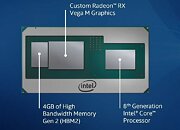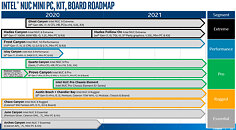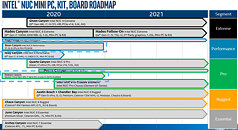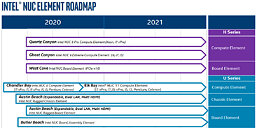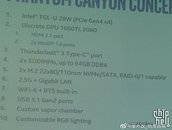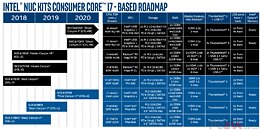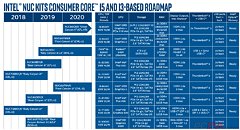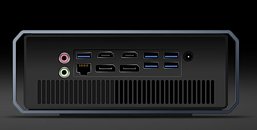
Another Nail on Intel Kaby Lake-G Coffin as AMD Pulls Graphics Driver Support
Kaby Lake-G was the result of one of the strangest collaborations in the industry - though that may not be a just way of looking at it. It made total sense at the time - a product that combined the world's best CPU design with one of the foremost graphics architectures seems a recipe for success. However, the Intel-AMD collaboration was an unexpected one, as these two rivals were never expected to look eye to eye in any sort of meaningful way. Kaby Lake-G was revolutionary in how it combined both AMD and Intel IP in an EMIB-capable design, but it wasn't one built to last.
Now, after Intel has announced a stop to product manufacturing and order capacity, it's come the time for AMD to pull driver support. The company's latest Windows 10 version 2004 update-compatible drivers don't install on Kaby Lake-G powered systems, citing an unsupported hardware configuration. Tom's Hardware contacted Intel, who said they're working with AMD to bring back "Radeon graphics driver support to Intel NUC 8 Extreme Mini PCs (previously codenamed "Hades Canyon")." AMD, however, still hasn't commented on the story.
Now, after Intel has announced a stop to product manufacturing and order capacity, it's come the time for AMD to pull driver support. The company's latest Windows 10 version 2004 update-compatible drivers don't install on Kaby Lake-G powered systems, citing an unsupported hardware configuration. Tom's Hardware contacted Intel, who said they're working with AMD to bring back "Radeon graphics driver support to Intel NUC 8 Extreme Mini PCs (previously codenamed "Hades Canyon")." AMD, however, still hasn't commented on the story.

